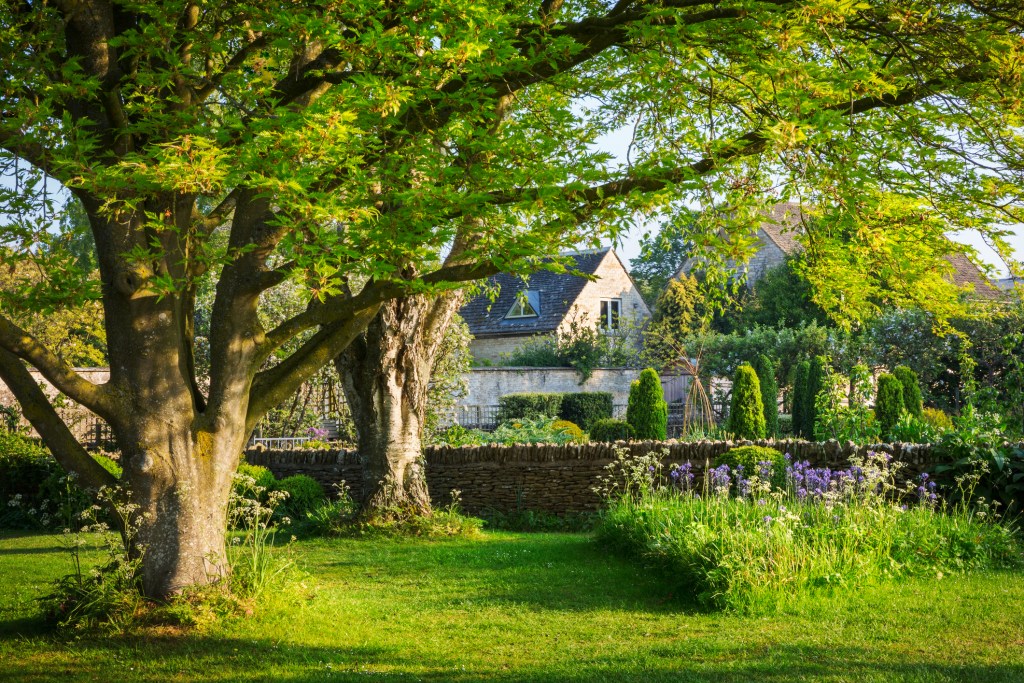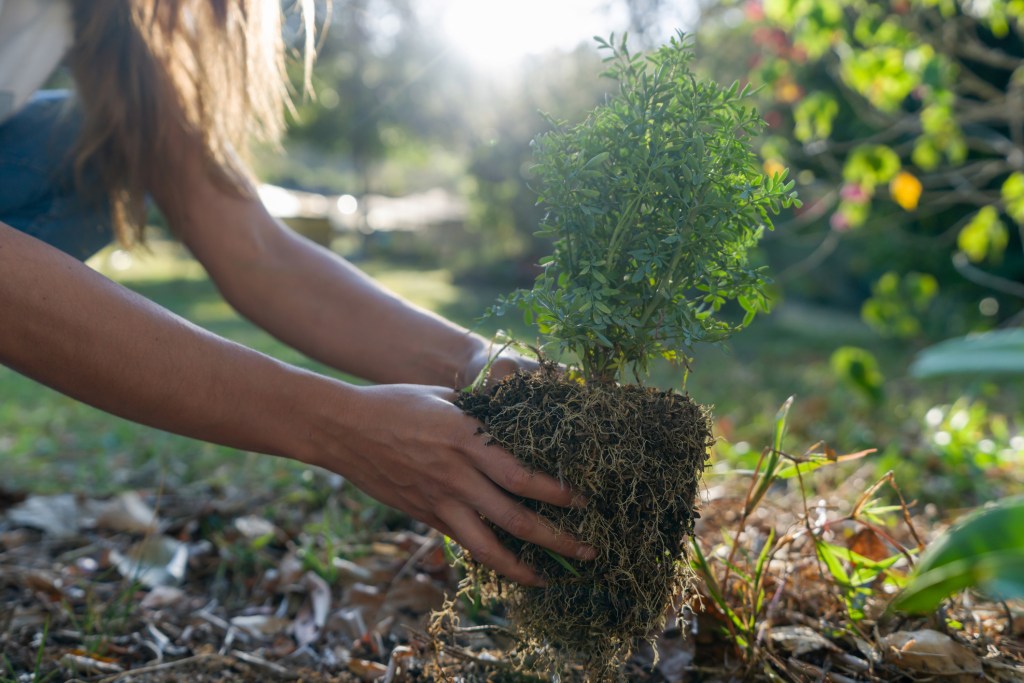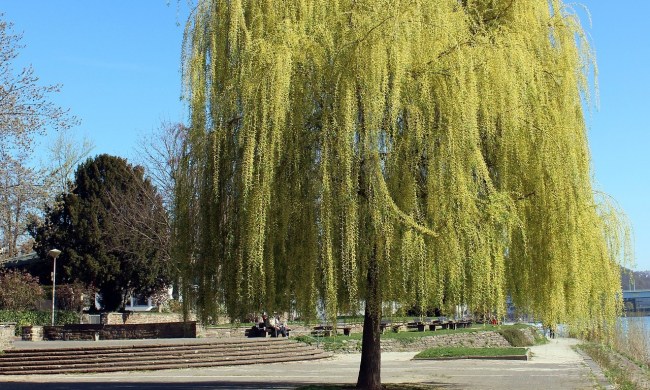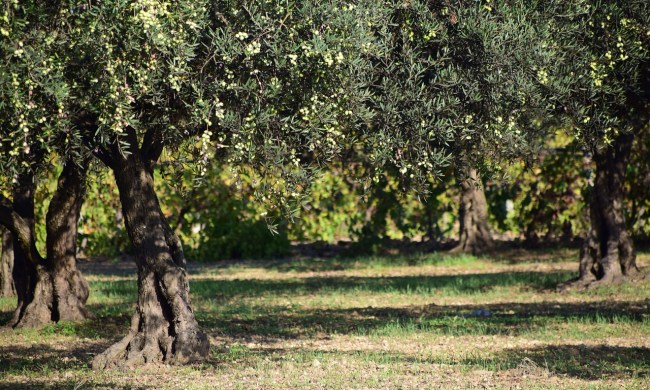Trees are so beneficial and widely revered that they even have a whole holiday devoted to them: Arbor Day. This day is all about the wonders of nature, and it’s even a tradition to plant a tree to celebrate it. But even though trees have a stellar reputation, there’s plenty of misinformation about these towering, leafy living organisms masquerading as tree facts. Keep reading to learn the five tree myths we’re debunking so you can better understand trees and find out how to care for them properly when you plant them this Arbor Day.

Myth 1: Trees can “heal” themselves
Trees can’t repair damaged tissue like people and animals because of their rigid cell walls. When our bodies heal wounds, they replace or repair injured tissue. Instead of fixing anything, trees “compartmentalize” wounds. The damaged tissue stays permanent (but localized) as the tree grows wound wood over the impacted area to seal it away.
Keeping this in mind, don’t throw caution to the wind and inadvertently harm your trees with your garden and lawn equipment (such as your lawnmower). If your tree gets injured, allow it to seal off the wound on its own; refrain from applying any coats or preservatives to the injury, which could worsen matters.
Myth 2: Tree roots crack sidewalks
Tree roots emerging from sidewalks are usually a result of poor planning rather than an aggressively growing tree. Cement actually cracks on its own as soil volume changes from moisture level and temperature. When cement cracks, roots want to move toward the opening to access more light and air. This movement widens cracks and pushes cement upward.
The real issue at hand is that sidewalks and pathways are designed without consideration for soil conditions. Tree roots may weaken already-cracked cement, but they aren’t responsible for the cracking itself. As you plant trees near cement (if you must), it does help to pick small, slow-growing trees. This way, you can prevent future chances of heaving.

Myth 3: Extra mulch is beneficial for your tree
Mulch can help plants retain moisture and stay cool in hot weather. That said, too much mulch can pose problems for your tree, particularly when it comes to soil aeration and moisture levels. Roots growing up to the mulch can lead to root girdling when roots circle around the trunk at or below the soil line and eventually kill the tree.
And then, of course, mulch can conceal rot and decay on the tree base. When in doubt, go with 3 or 4 inches of mulch. If you have your tree in compact, poor-draining soil, you may want to go with even less mulch to prevent any chance of root rot.
Myth 4: Staking trees actually makes them stronger
Although beneficial in some cases, staking down a tree isn’t always necessary; it can actually contribute to root girdling if done improperly. On the whole, trees can support themselves just fine. Contrary to popular belief, they can benefit from some movement, which allows them to develop strong taper and balance.
Of course, younger trees and trees in windy areas can use some staking to stay grounded, but staking these trees may not significantly help their roots and trunks grow stronger. Even in these cases, you eventually want to remove your stakes about six months to a year after placing them down.

Myth 5: You should plant your tree deeply to help it develop roots
There’s a misconception that trees establish stronger roots if you plant them deeply. If you have well-draining soil, you should never plant your tree deeper than the height of its root ball. So what should your tree look like? After planting, your root flare should be visible. Even a mere half-inch above the root ball can lead to improper water uptake and a weaker tree.
Deep planting can cause the trunk to break down at the soil line, which may kill the tree over time. Your planting hole should be wider than it is deep, as tree roots typically spread horizontally more than they do so vertically to stabilize the trunk.
The next time you bring a tree home for your garden, keep these tree facts in mind for the healthiest and most vigorous growth possible. Even after Arbor Day, you can still celebrate all the wonders of trees by planting your own. Remember to plant your tree deep enough (but not too deep) and go easy on the staking and mulching. With due diligence, you’ll be able to enjoy the rewards of your careful maintenance for years down the line.



